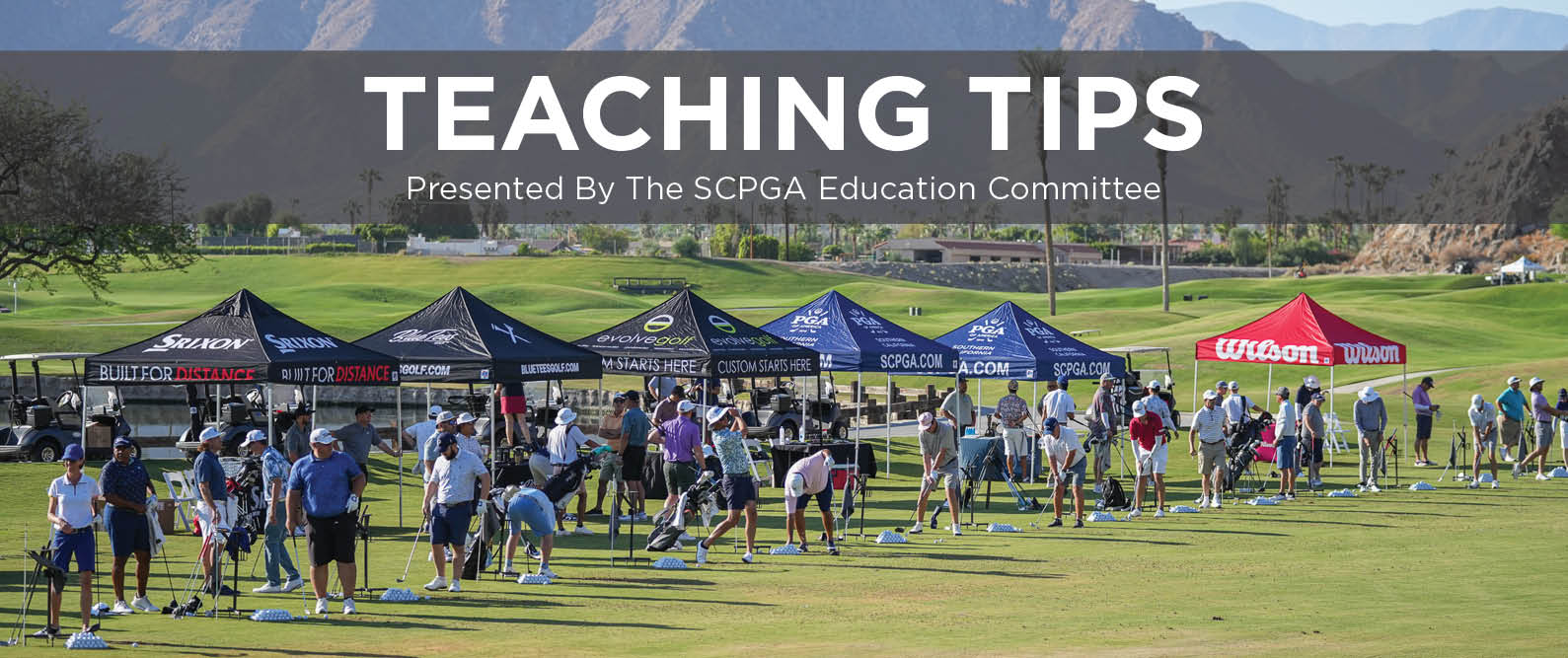
EARLY EXTENSION: IS IT A FLAW OR A COMPENSATION?
By: Bill Hulbert, PGAEarly extension (EE) on the downswing is clearly a very common problem for many recreational golfers. Many amateurs are aware of the issue in their swing and will come for a corrective lesson. But very often early extension is a compensation for something else in the swing, and doing the usual backside against a chair or against a wall will not fix it. We must correct the actual issue that may be necessitating the compensation of early extension.
Here are some possible reasons a player might need to extend early:
- The club is too steep coming down. Extending early helps to shallow the club and might enable better contact.
- Pushing too hard off the trail foot. Or not hard enough and in the right direction off the lead foot. Students are trying very hard to create “ground force” but don’t know how to do it correctly.
- “Fire the hips!” Hip-spinners fire the hips too hard or too soon and the arms and club are left behind. EE allows the club to catch up, sometimes.
- Incorrect setup. Setting up too far away from the ball or with too much hip hinge can both precipitate EE. There’s only one way to go to get to the ball.
- The clubface is too open on the downswing. EE is often a catch-up move. As the body is extending it’s also stalling, which may allow the clubface time to close.
- No loading of the trail hip/glute. Without a deep enough hip turn on the backswing the trail hip wants to fire incorrectly starting the transition.
- Not enough lead side bend on the backswing. If the hips and torso turn are too level going back there will be to trail side bend on the downswing, which helps facilitate extension and the lead side opening at the proper time.
- Too much lateral hip slide on the downswing. Getting too far ahead inhibits clearing the lead side and will cause EE.
- Getting the lead knee past the lead foot. Very similar to the previous issue.
- Improper hand path on the downswing. Getting the hands too far in or too far out on the downswing will require compensation, often in the form of EE.
- Early wrist release. Rather than hitting it fat the body responds with EE to avoid it.
- The stance is too narrow, either for the club involved or for the body type. There must be enough width for a proper pressure shift.
- Lack of rotation. Several of the causes listed above inhibit rotation and therefore cause EE. But some players may be ok until it’s time to rotate the chest and torso through, but they simply stall out and EE. The Head-Downers are a classic example.
- Physical issues. Undoubtedly, many players lack mobility. Tight hip flexors, hamstrings, quads, calves, and even ankles can be the problem. The inability to do a proper squat is a good indicator.
Elite players do extend on the downswing, but it’s the upper body that is extending due to the pelvis moving away from the ball to use the ground and make room for the arms coming down. It is an absolute that we know how the pelvis should move during the swing. And success can absolutely come from teaching a player that motion. But I suggest that the diagnosis of what might in fact be necessitating the Early Extension is a huge part of fixing the problem. Please consider this list, add your own observations to it, and develop the proper corrections for the faults involved. Keep pursuing excellence in teaching!
If you would like to contribute your own words of wisdom, please contact Bill Hulbert at bhulbert@pga.com.

